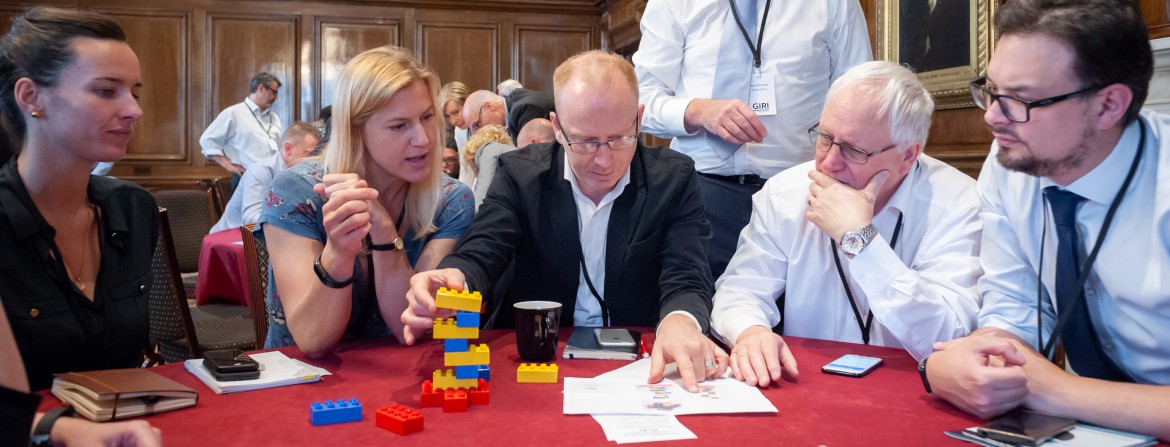Can you build this?
8 Feb 21
One of the most popular exercises in the GIRI training courses is the Lego exercise – and not just because everyone loves playing with Lego.
As Nick Francis, director of GIRI Training & Consultancy, explains, approaching potentially confrontational issues such as the causes of error through the medium of a game turns something personal into something objective. And Lego is an obvious choice for the course that focuses on construction.
‘We want people to think about their behaviour and how it impacts outcomes,’ says Nick. ‘By using Lego we can replicate processes in the real world and create something objective we can talk about. There is no ambiguity, no opinions. We have an outcome we can discuss and ask why something happened. And we can direct the discussion from the mistakes made to understanding why something went that way.’
The Lego format completely changes the way people engage with the content. ‘We can ask how this situation compares to real work, and the floodgates open.’
GIRI’s training courses are divided into three streams focusing on different roles within a project, and the Lego exercise is presented slightly differently depending on the course to reflect the key learning outcomes. The Supervisory and Management Skills course, which aims to eliminate errors on site, asks participants to work as a team to build something, and then the results of this exercise are analysed to understand errors that might have occurred.
‘For site supervisors, one of our areas of focus is planning skills, and how those plans are communicated. Instead of simply working as a team to build something, the teams have to plan how to construct a Lego structure and then each team must come up with a construction plan and give that plan to the other team to build.
We give the teams a chance to plan and brief each other properly, and then they have to build it,’ says Nick. ‘If it goes wrong, they can unpick it. There is tendency to blame, but this quickly changes into a realisation of where things went wrong.’
As one participant commented on the Lego exercise: ‘It highlighted the difficulty of communicating construction details using drawings.’
Another said: ‘The way the course was structured and presented brought the key messages across in the most effective way. Practical exercises were relevant and appropriate and were designed so that all participated and no one individual was allowed to dominate.’
One of the main benefits of this exercise is that it helps people explore the reality of the other side of the fence. ‘The moment we start blaming someone else, we have missed the point,’ says Nick. ‘There is always a reason why something went wrong and that’s what the course is about – understanding the root causes of error. We can use this exercise to look at the underlying cause of the errors made and understand the situation the other person is in.’
The Interfaces course also includes a design exercise with Lego. Teams are given a brief that appears simple but is intentionally tricky, and which could be fulfilled in several different ways. The results, says Nick, are always fascinating.
‘You can have three or four teams and they all come up with completely different solutions. Every team had the exact same starting point, but they come up with very divergent solutions. And if that can happen in a small, controlled environment, what does it means for the wider construction industry?’
For more information about GIRI's training courses, download our brochure or contact us. You can also watch this short introductory video.
All courses are currently delivered remotely to comply with Covid-19 restrictions.

